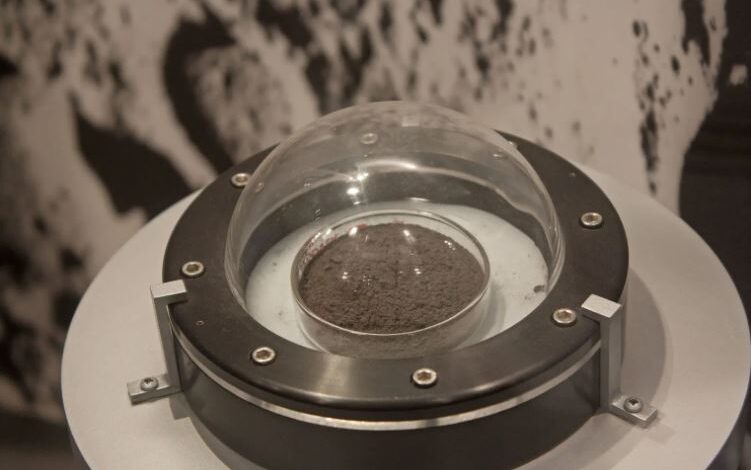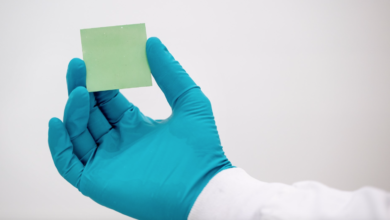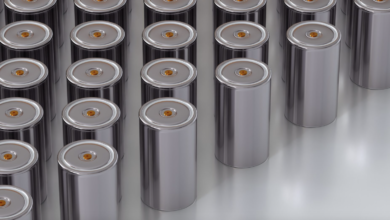Solar cells with moon dust, Blue Origin receives help from NASA

Towards the first production of photovoltaic cells in lunar regolith
On July 25, NASA awarded Blue Origin a $35 million contract to continue its innovative technology breakthrough: manufacturing solar cells with moon dust. Since 2021, in fact, the company has been working on a special process that creates photovoltaics and transmission cables from the lunar regolith. A complex but essential goal to make as self-sufficient as possible the future life on the satellite.
Blue Alchemist – this is the name of the technology – does not use real lunar sediments but a form of “simulated” regolith, created on Earth to imitate the real material from a chemical and mineralogical point of view. Through a series of steps the process heats the regolith to 1,600 ºC in order to melt it and then remove iron, silicon and aluminum using electrolysis. The process releases oxygen as a by-product.
“Purified” moon powder solar cells
“Our process – explained Blue Origin in the beginning of the year post – purifies silicon to over 99.999%. This level of purity is necessary to make efficient solar cells. While typical silicon purification methods on Earth need large amounts of toxic and explosive chemicals, ours only uses sunlight and silicon from our reactor”.
Read also Perovskite double sided solar cells, the secret of efficiency is thickness
And because solar cells with moon dust are destined for the Moon itself – in which environmental conditions are extremely harsh – they need extra protection. “Our technique uses only by-products of the electrolysis of molten regolith to make covering glasses that allow a life on the Moon greater than a decade”.
According to NASA, a technology such as Blue Alchemist must be considered at a critical point if the resources of the space agency can help it become a viable commercial solution. The investment agreed in these days will then result in a demonstration of autonomous operation in a simulated lunar environment by 2026. “Harnessing the vast resources in space for the benefit of Earth is part of our mission and we are inspired and honored to receive this investment from NASA to advance our innovation,” said Pat Remias, Vice President, Capabilities Directorate of Space Systems Development. “First we bring human beings back to the Moon, then we start ‘living off the fruits of the earth'”.





